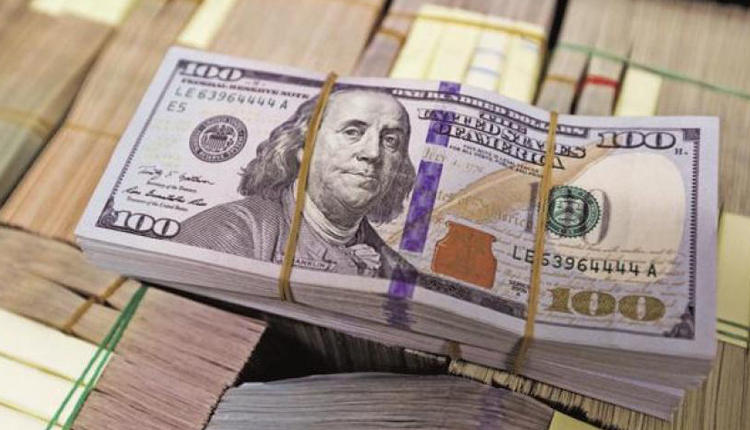U.S. dollar, usually seen as a safe haven in turbulent times, surprised some currency strategists on Thursday by losing ground after spooked investors drove U.S. stocks to their worst fall in nearly eight months.
The VIX, Wall Street’s “fear index” measuring the stock market’s expectation of volatility, rose by 44 percent to 22.96 on Thursday, its highest level since April.
The dollar index, a gauge of its value against six major currencies, fell 0.31 percent to 95.21 on Thursday, after hitting a high of 95.79 in the previous session.
“In an environment where people are concerned about rising volatility, the dollar tends to do well – especially versus higher-risk currencies such as the Aussie and Canadian dollar,” said Stuart Ritson, head of Asian rates & foreign exchange at Aviva Investors.
“There seems to be a disconnect and there is no obvious explanation for why the dollar did not fare better on a risk-off day,” said Ray Attrill, head of foreign exchange strategy at NAB.
“The yen continues to show its colours as the markets favourite risk haven proxy,” added Attrill.
The safe-haven yen strengthened to 112.13 against the dollar, its highest level this month, taking heart from risk aversion in the wake of warnings from the IMF over global growth and financial stability.
“There was a clear bid for current-account surplus countries with both the JPY and EUR finding support,” ANZ said in a note.
The U.S. Federal Reserve’s apparent determination to raise interest rates over the next 12 months has driven up U.S. Treasury yields, which have been further bolstered by strong economic data.
“We expect rising inflation to keep the Fed hiking interest rates at its current once-a-quarter pace until the middle of 2019,” Capital Economics said in a note.
Expectations of hawkish rate rises may have been at work on Wednesday when sellers sent the Nasdaq to close at 7044.49, its lowest level since early July.
The S&P 500 and Dow Jones Industrial Average weren’t too far behind, both falling more than 3 percent.
Benchmark 10-year yields cooled off from a seven-year high of 3.261 percent hit on Tuesday to 3.1516 percent.
The euro rose 0.35 percent to 1.1566 on Thursday after hitting a low of 1.1477 in the previous session.
EU Brexit negotiator Michel Barnier said on Wednesday the parties had agreed on much of the withdrawal agreement ahead of a summit of the bloc’s 28 national leaders next week.
But the euro’s gains are likely to be limited with markets worried about the sustainability of Italy’s public finances, despite Italian Economy Minister Giovanni Tria stating that the government would do everything in its power to regain the confidence of financial markets.
Sterling traded at $1.3228, its highest in a week, as investors bet on an orderly British departure from the EU in March.
The pound has gained more than 2 percent versus the dollar over the last five trading sessions.
The Canadian Dollar was changing hands at 1.3048, not far off its October low of 1.3069 versus the dollar hit on Wednesday.
The Australian dollar, often viewed as a gauge of global risk appetite, traded at 0.7078, up 0.25 percent on Thursday.
The New Zealand’s dollar traded at 0.6476, above its multiyear low of 0.6422 seen on Monday.
Gold traded relatively flat at $1,193 below the psychological $1,200 level.
Source: Reuters



